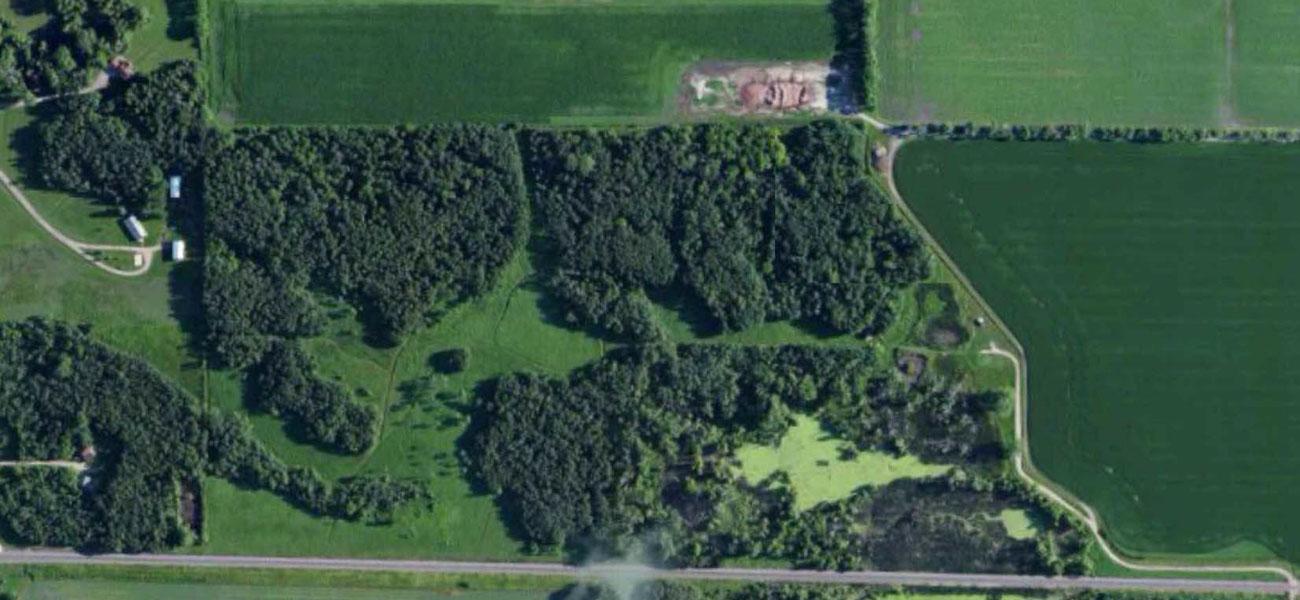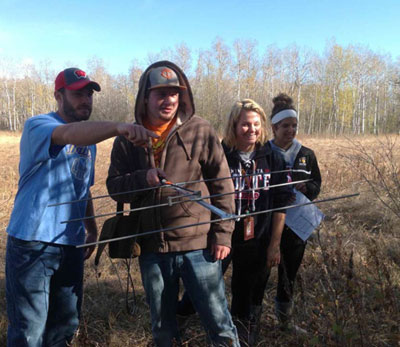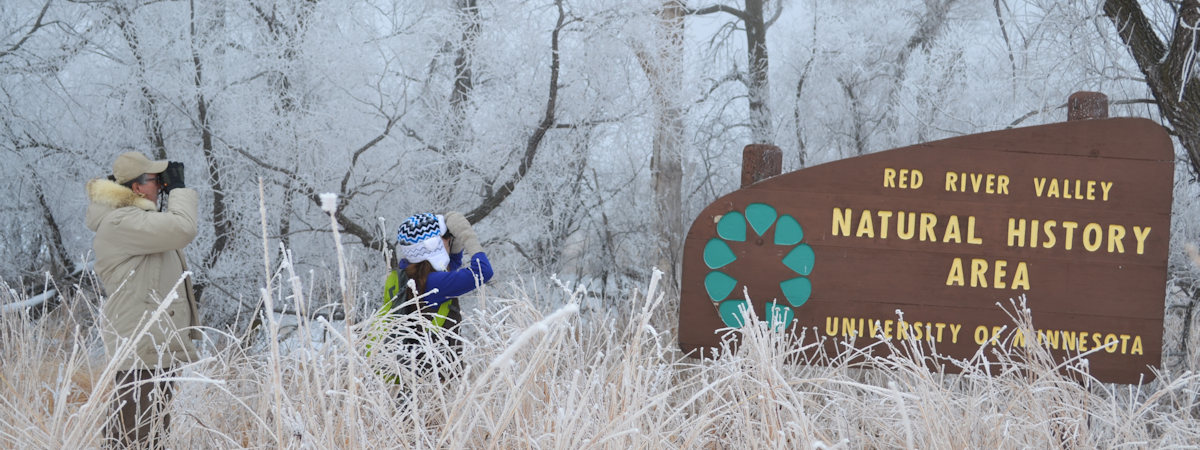
Red River Valley Natural History Area

The Red River Valley Natural History Area is a tract of approximately 85 acres located in the flat lake bed of glacial Lake Agassiz in northwestern Minnesota, less than a mile from the Crookston campus of the U of M. It has been established as a living museum and teaching laboratory by the University of Minnesota, Crookston in view of its interesting assortment of habitats which include: prairie, aspen forest, cottonwood forest, a willow swamp, and a cattail marsh.
Each of these habitat types supports a particular group of plant and animal species, some of which are becoming rare because of intensive land use. Nature trails wind throughout the different habitats allowing educational groups to experience the diverse plant and animal life present and to view ecological research demonstrations.
The Red River Valley Natural History Area has been established to fulfill the following goals:
- To provide an outdoor education laboratory where natural science students and citizen groups can increase their understanding of the interrelations between man and the natural world.
- To preserve a variety of habitats which contain an array of plants and animals characteristic of the region for education and historic interest.
- To serve as a demonstration area where various conservation practices may be illustrated so as to encourage the wise use of Minnesota's natural resources

Use of the area is limited to educational groups and individuals having serious natural history interests. The primary use is as a field laboratory for natural resource students of the University, but it is also available for elementary and high school science classes, environmental education workshops, bird clubs, garden clubs, and other citizen groups. A one‐room interpretive building is located at the east entrance of the area and serves as a meeting place and field classroom.
All visitors must abide by the following regulations if the beauty of the area is to be maintained:
- No removal of plants or animals
- No littering
- Stay on trails
Learn more about the University of Minnesota Crookston’s degree programs in natural resources.

Development plans began in 1970 when the educational and scientific potential of the site was recognized, in that it was found to contain a surprisingly large number of different kinds of plants and animals. For such an area to be located close to the University campus and near a major city made it an ideal setting for a nature education facility. Much of the present vegetation is a remnant of pre settlement days and serves as a kind of "window into the past." Particularly, native prairie remnants and the prairie‐aspen forest habitat known as "Aspen‐Parkland."
Gravel mining occurred in one portion of the area some 100 years ago, and today one can view an excellent example of the processes of natural re growth as nature "heals her wounds." Periodic fires were a part of nature's forces even before settlement, and research studies underway are revealing some of the effects of fire upon the life of the Aspen‐Parkland.
